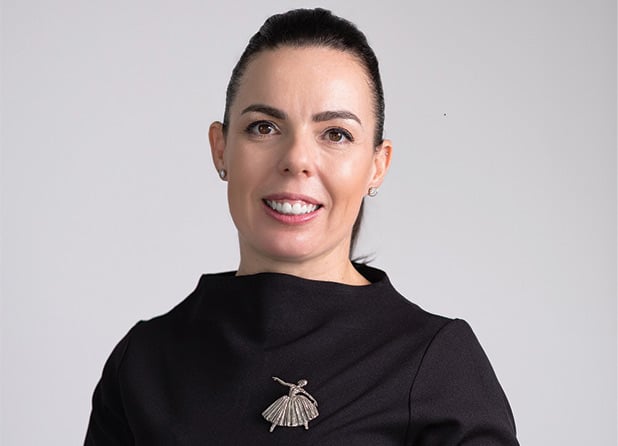
Have you dipped your toes into the realm of influencer marketing? This hot yet very controversial topic has been trending for a few years, with true believers and naysayers equally being very vocal around the topic. With this said, you must admit that even your purchasing power must have been persuaded towards a purchase thanks to an influencer’s clever marketing tactics. Be it as it may, these apt content creators are geniuses when it comes to sales tactics and increasing your online spending.
When the trend kicked off, everyone believed in the power of celebrity endorsements, and we mean the big players. Many people associate the phrase ‘influencer marketing’ with the social media activity of the greatest celebrities, with likes of Kim Kardashian or Huda Kattan, who not only give their fans an inside peek at their life but also push particular products through sponsored posts.
Times are changing, and we see a shift in the trend – the time of micro-influencers is on rise. Brands will be happy to follow this trend not only for the fast pace creative content from these youngsters but also to meet their budgeting needs a little more. Young creators climbing the food chain are tech savvy using the latest tools with ease while leaving us “older” generation still trying to figure out the latest TikTok filter.
There are several reasons why micro-influencers could benefit your business more. Influencer marketing has managed to outgrow the term ‘trend’ and evolved as a commonly used ‘strategy’ that almost every marketer uses for their brand. In a Hubspot survey, while 57 per cent of marketing professionals currently leveraging influencer marketing say it’s effective, 46 per cent plan to increase their investments in 2022. In addition, 11 per cent say it’s the top ROI-generating trend they’ve tested. Bound by my profession and, of course, passion, I always look into the evolving trends of social media, and I notice more and more brands reach out to smaller and more niche influencers (typically, followers fewer than 100,000) to help them spread their message.
The same Hubspot survey also revealed that more than 56 per cent of marketers who invest in influencer marketing work with micro-influencers. So, how is smaller influencer marketing different from traditional big-name celebrities, and why are more and more brands reaching out to them?
By shifting the spotlight to thought leaders with a limited but more cohesive community of followers, micro-influencers and nano-influencers are changing the game’s rules. In short, micro-influencers are more effective for getting you noticed by your target group than all celebrities put together. Markerly CEO and co-founder Sarah Ware’s remark can be noteworthy in this regard. The Kardashian and Jenner sisters’ endorsement of a weight-loss drink on Instagram resulted in a sizable number of conversions. However, Ware did add that there was a higher conversion rate when working with 30-40 micro-influencers than when using celebrities to promote the tea. So much so, an Experticity survey shows that 82 per cent of consumers claimed they would be highly likely to follow a micro-influencer recommendation over a celebrity. The bottom line is modern consumers expect authentic brand relationships and have begun to see through celebrity endorsements when it comes to trust.
There’s no denying that perhaps every marketer cherishes a dream of working with celebrities. However, in practice, either our budget is insufficient or top content creators are frequently challenging to reach. This is where micro-influencers, who are more like ‘everyday’ people come into the picture, and customers are more likely to trust their advice and recommendations. A study shows that 97 per cent of Instagram’s micro-influencers demand less than $500 for a promotional post. Even many are happy with ‘collaborations’ where brands send them their free products/vouchers. Technically, 100 micro-influencers may cost less than one Instagram celebrity at these prices.
Dreaming of our next family getaway had me scroll over to Kiki | The Blonde Abroad | Travel Blogger, with her awe-inspiring content. Kiki’s content is not only pretty with perfect angles, but her content feels at home. A post that left me Googling for more details was her trip to Africa. She makes an effort to carefully tell her followers everything they need to know while giving credit to the places she visited. Her followers get to relive her experiences and allow them to book their next trip with a checklist of things to do.
It’s a crowded marketplace, with thousands of brands and businesses vying for the 200 million Instagram followers with a combined following of 1 billion. The key to breaking out from the noise is diversifying your reach. It’s not necessarily about just being bigger, but a balance between volume and engagement. Using micro-influencers to reach your target audience is a great way to achieve that. However, you must choose them accurately. Assess each influencer individually and ensure they are someone who would appeal to your target audience. And if your target audience is small but very niche, an SMM expert can help you do this more effectively.









